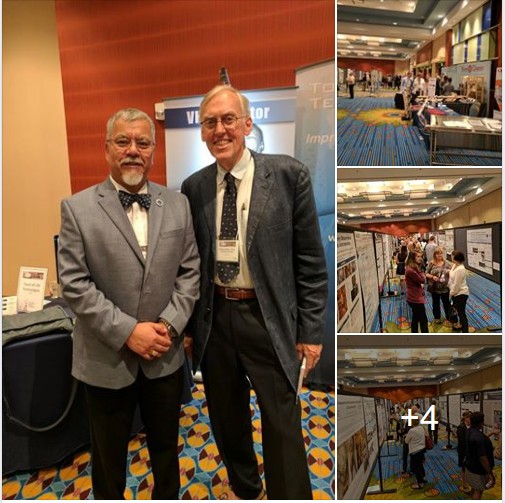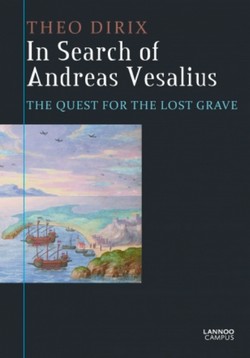|
2017 AACA Meeting – Thursday, July 20
This is the 2017 Meeting of the American Association of Clinical Anatomists (AACA) in Minneapolis, MN. This 34th meeting of the association, gets together over 300 clinical anatomists, anatomists, physicians, and students from all over the world.
Last day of the meeting! In the morning, there was a poster session and a platform session dedicated to the neck and lower limb. Now, I must confess that as much as I wanted to attend the meeting, I decided to go somewhere else and skip the morning session… I should feel bad about this, but I do not!!
With two other attendees to the AACA meeting I went to the Wangensteen Historical Library which has a collection of over 80,000 rare books. We met with the Curator, Lois Hendrickson, Christopher Herzberg, and Emily Beck.
First, we visited the current exhibit, “Medical Exchanges: Mapping the Human Body in Japan and China” with incredible books, medical posters, and artifacts referencing anatomy, surgery, acupuncture, botanical remedies, etc. Then we went into the reading room where they already had a display of books on anatomy, surgery, histology, etc.
We spent at least four hours reading and admiring these books and the knowledge they contain. One of our discussions was on the fact that today there is a great deal of information “lost” in these books because they have not been digitized, or because many are written in languages which the average researched does not master.
For those who read this blog, you know that I am collector of antique medical books and the opportunity to be at this incredible library was unique. There were so many books that is difficult to list. Authors like Bidloo, Hooke, Verhayen, Mascagni, Vesalius, etc. Books like “De Muto Cordis”, “Micrographia”, “De Humani Corporis Fabrica, Libri Septem”, and “De Humani Corporis Fabrica, Epitome” are some of the jewels that we were able to admire.
Personally, the opportunity to spend time with these books was invaluable. There are only 13 known “De Humani Corporis Fabrica, Epitome” books in the world. It is priceless and who knows what its monetary value would be if any makes it to the antiquarian market. Being able to read, admire and touch this book was the “epitome” of my time at the library (pun intended).
Unfortunately, for some unknown reason I lost all the pictures I took of this occasion, so I hope to get some from the colleagues that went to the library with me.
Back at the AACA Meeting, we had a Medical Terminology Committee meeting, followed by the AACA Business Meeting, and then the closing banquet with the presentation of Awards. The last order of business was the presidential transition. Neil Norton, PhD ended his presidential tenure with the closing of the 2017 AACA Meeting and Marios Loukas, MD, PhD begins his two-year as President of the AACA.
Next year the AACA meeting will be in Atlanta! See you there!
|








